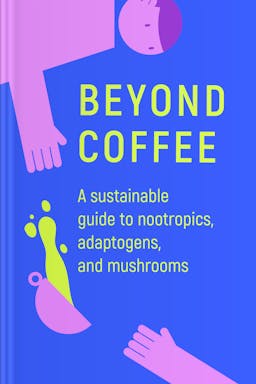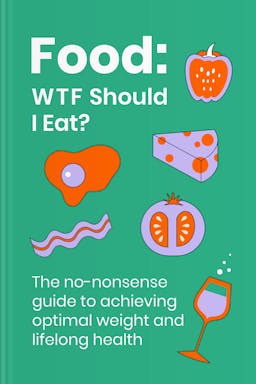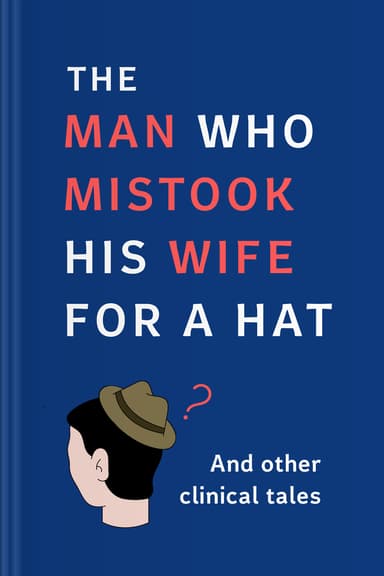
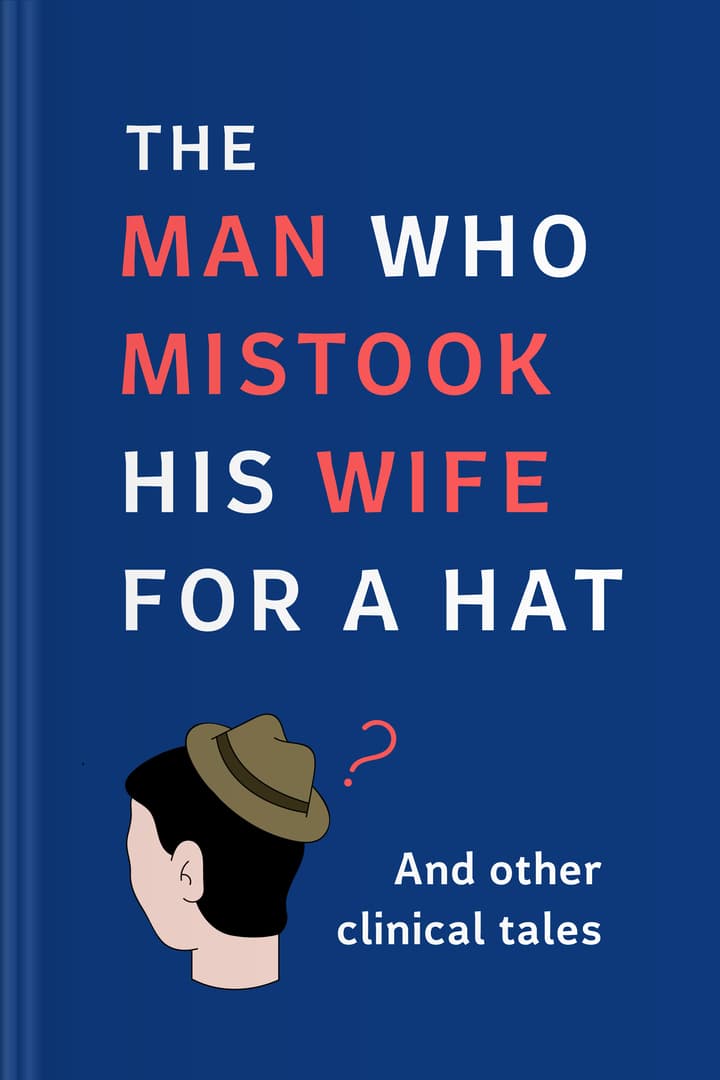
Summary of The Man Who Mistook His Wife for a Hat
Short summary
You’ll learn
- What sensory impairments can unexpectedly lead to
- How the mind is a complex maze
- Why losing proprioception affects your body's internal navigation
- The profound impact of empathy on those feeling isolated
Table of content
- Summary of The Man Who Mistook His Wife for a Hat
- About the author
- What is The Man Who Mistook His Wife for a Hat about?
- Who should read The Man Who Mistook His Wife for a Hat
- Topics in The Man Who Mistook His Wife for a Hat
Agnosia is a condition that impairs a person’s sensory receptors due to an injury or tumor in the brain
• Hearing (auditory) agnosia — the inability to identify objects through sound, such as a buzzing doorbell
• Taste (gustatory) agnosia — the inability to identify objects through taste, such as sweet or salty
• Smell (olfactory) agnosia — the inability to identify scents correctly
• Sight (visual) agnosia — the lack of perception or inability to identify objects through sight
Consider a man with a curious form of agnosia who could not properly perceive objects and images with his eyes. Instead, he could only identify a person or object by a notable feature, a recognizable sound, or if he could feel it in his hands. He had visual agnosia from the look of things, and his brain had found a way around the disability to arm him with alternatives with which he could observe his environment. But the problem was he couldn’t perceive something if he couldn’t hear, smell, or touch it; so much so that upon examination at the neurologist’s, he motioned to leave but couldn’t find his hat and grabbed onto his wife’s head instead.
Other forms of the condition include prosopagnosia, anosognosia, and somatosensory agnosia. But the most common is visual agnosia, and its sufferers are rid of their sight but still able to see, albeit in part. This summary describes the various forms of this type of mental illness and how to heal from them.
Korsakov's syndrome is a form of amnesia that plagues chronic alcoholics with poor nutrition

Certain conditions mimic agnosia, but with therapy, sufferers can regain lost use of sensory receptors
Certain anomalies present like agnosia, one of which is the lack of proprioception — the body’s eye
Some conditions take a much dire tone and increase the deficit in sensory disorders in sufferers
Certain patients present increased or decreased sensory activity caused by a tumor in the temporal lobe of the brain
There exists a form of amnesia that can be overturned in the event of damage to the brain’s frontal lobe
In some cases, mental disabilities imbue patients with an extraordinary ability unlike any average person
Conclusion
What is The Man Who Mistook His Wife for a Hat about?
Who should read The Man Who Mistook His Wife for a Hat


Enjoy summarized nonfiction bestsellers
Grasp the book’s key ideas in less than 15 minutes
Get startedGet new knowledge easily
Let’s check how many titles you can finish in a month with Headway! Tell us how much time you’d like to spend on reading:



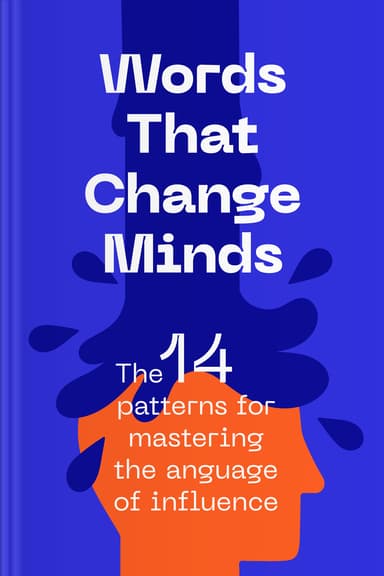





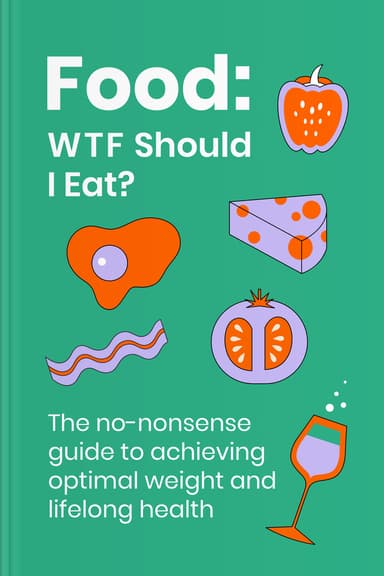







Join 30+ million learners around the world
Everything you need to be motivate, to learn & to self improves is all here. I actually do appreciate the reminders because otherwise this wouldn’t work for me. Thank you
Headway is the answer! No longer accumulating books I never read. With Headway, I initially chose the areas important to me such as productivity, time management, etc., and each day I'm provided several book summaries from which I devote 20 minutes or more each day reading. All of this on my phone! My life has improved with Headway. Truly my most useful app.
An excellent concept, executed well. Headway can help you retain what you've read while introducing you to the essential core of new information. It's an easier way to stay inspired, and to be reminded of the mental tools you've learned
In today’s world, we rarely have time. Between our jobs, our families are social obligations, when do we have time to grow and develop ourselves? Headway is an excellent app that gives you that time it gives you those little snippets of information that you need to direct your focus in on your life. Headway gives you a chance to find out the meat of a book that you might want to purchase and read or listen to in-depth without wasting a lot of time trying to figure out is this book for me? I highly recommend the app.
The selections are on point and the summaries are excellent! I listen while I walk my pup 🐶 and have in turn, ordered a few selections! REALLY loving the app, it’s layout, daily selections and features!
I've gotten multiple books out of the library with the intent to read them, but always have a hard time finding the time. This app has helped me finally be able to get to them. Summarized, yes, and thank goodness too! Just short enough I can finish one on my way picking kids up from school/practice, or while I'm cooking dinner. I can't wait to listen to them over the summer when we visit the beach!
It amazed me! There is the possibility to highlight the most important points of each book and instantly translate unfamiliar vocabulary. With the ability to review the searched words. It's a great way to learn more about English as well. The price is great.
I’m enjoying what I’m learning on headway.each summary comes with quotes at the end which you can save to help you remember key points. You can listen or read, I’ve found that reading puts me to sleep before I can finish but the listening feature keeps me engaged and I can finish in a brief amount of time if not one session.
The app it’s so easy to use. I use it while driving or cooking and is great. I love the fact that the chapters are short, so you can finish them quickly. Very knowledgeable.
The best app for self development.It helps to keep pace with your reading and also suggests the kind of reading material you might like.It is fun as you can switch from reading to listening and vice-versa as per your convenience .Just get started and partake of the treasure of knowledge at your fingertips .I feel lucky to have spotted the app.It has helped me become self-disciplined and much better informed.The audio track is excellent.
Exactly what I need! I always have booklist to read, but can't committed enough to finish/start bc of too much pages. Headway is really helpful and concise with their summary. What I love the most is that the essence of the book is well crafted, so I don't only read the key points, but also there's the story and how personality of the author still well shown through the summary. Well done!
This is outstanding best app ever and honestly whoever came up with is my app is an absolute genius kudos my gratitude definitely goes out and I’m only on my first week free trial and I’m certainly going to purchase this app annually. Now that I have it, I can’t even imagine living without it.














